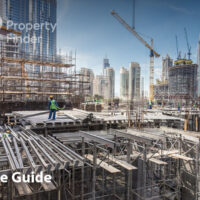When it comes to interior design, you might not find set rules that would apply in your own case. However, you can always use a few tips and tricks to make the best out of what you have and give a nice revamp to your space!
Below are 7 tips and tricks that can help you plan and execute for your next change!
1. Plan around your daily needs

Interior design is a process in which space planning should always come first. Space planning includes mapping out spatial areas, defining the route that you usually follow while moving around the rooms, and developing corresponding plans for equipment placement and furniture layout.
Begin your project by assessing the functional deficiencies of the room and trying to figure out how would the elements be manipulated around for a better fit. Think about how people living there would use the space and what would they need to have around on a constant basis. Remember, the whole point of space planning is to maximize efficiency: avoid reselling newly bought items as much as buying unnecessary items!
Bottom line is to try accomplishing the function you need without getting bigger and bigger.
2. Have a vision

It’s time to create a specific concept in your own space. Now that you have an idea about the functionality of the space, you can mesh your requirements along with your desired aesthetic looks. Don’t be too specific; take a global approach rather than simply picking out a couch or a paint color.
In other words, have an overall vision of how the interior is going to look like after all the elements come together instead of focusing on individual pieces.
3. Consider the quality of the materials

We usually experience a room with respect to the materials used; quality is key. Materials of good feel totally different than those of bad quality. As for what kind of material to go for, natural materials rule. Go for linen, silk, wool, and solid wood. Don’t fall into the trap of believing that all good quality materials are expensive, or that if a piece of furniture is expensive then it’s of good quality. When you see a piece of furniture, evaluate whether it’s made of long lasting materials and is well built.
Remember, you can always find some great picks at low prices.
4. Juxtapose contrasting elements
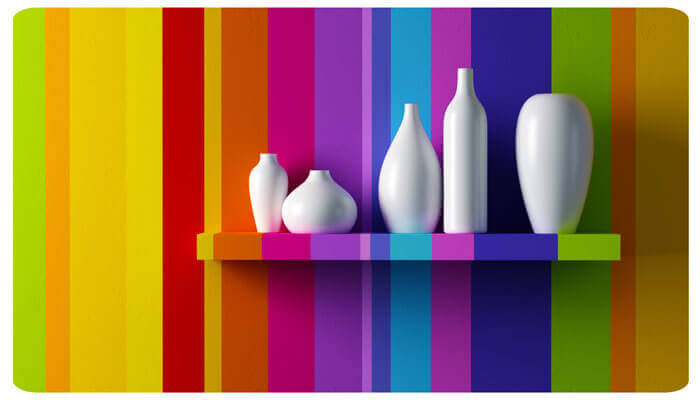
The distinctive properties of furniture can be enhanced by combining different shapes, patterns, materials, and textures. For instance, to enhance the distinctive properties of the furniture in your TV room don’t pick a sofa, a fabric and a lamp of the same visual value. For your eyes to appreciate the difference, “juxtaposition” or in other words, the contrast when it comes to elements is needed. If you’re drawn into geometry and have bought circular furniture, throw in some squares to create a better flow and appreciate the feeling of contradistinction in your space.
Make sure that each object is seen and not being muddied by the rest elements around it.
5. Deliberately layer details
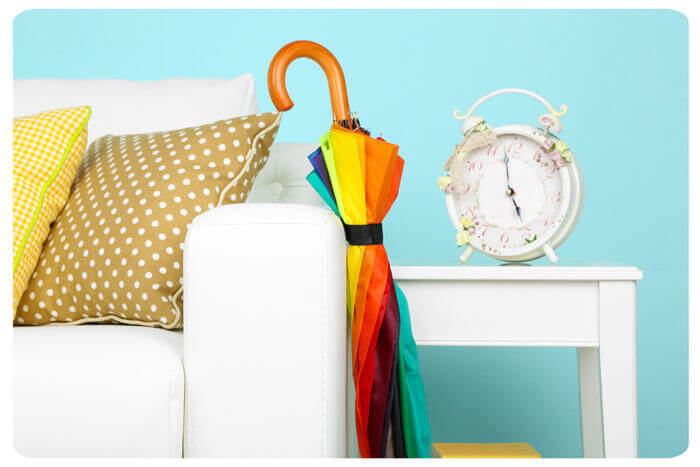
Sometimes, it’s all about the details! Whether that’s the stile width on your dresser or the scale of a lampshade, be detail-oriented and specify particulars in order to support the overall ambiance of the room. Just as we often check with ourselves to make sure that we are going down the right path which meets our big picture goal, we can do the same when it comes to buying furniture. Don’t buy anything just because you loved it, stop and ask yourself, “does it fit into the big picture?”, and simply use that reply to decide upon buying it or not!
6. Authenticity is key
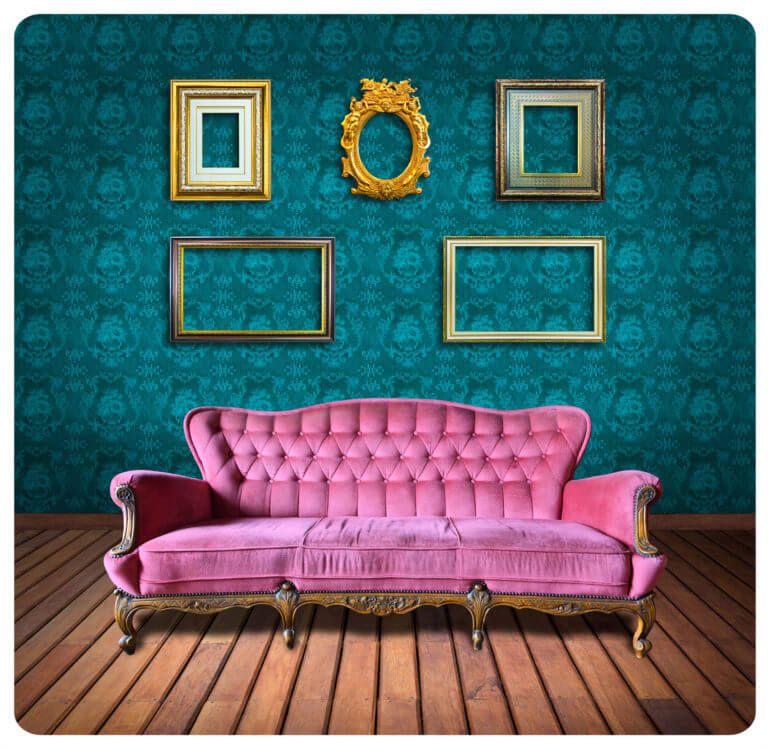
Beyond catering to your visual taste and preferences, your interior design project should be personalized. Integrate your everyday belongings in addition to your antique items and heirlooms. Aim for authenticity, uniqueness, and originality. Whether it’s your grandma’s hand-held mirror or a unique vintage find, integrate it into the broad design of each room. Even if you’re aiming for simplicity or minimalism, a bit of quirkiness never hurt nobody!
7. Find the balance
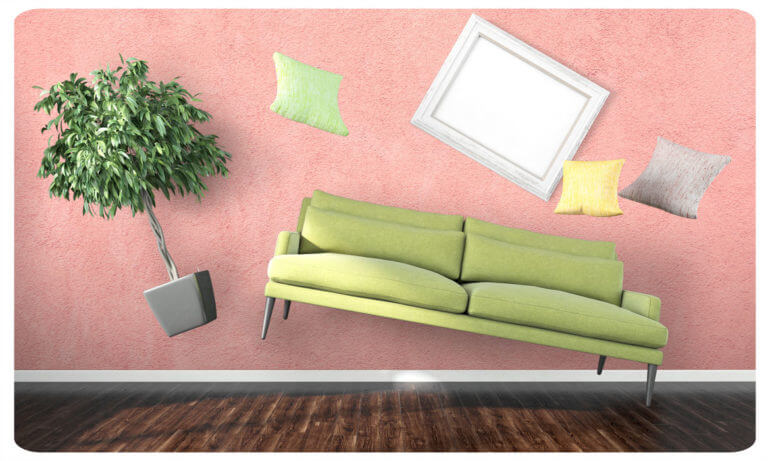
Experts prefer evaluating a room’s overall composition for balance rather than deliberately creating focal points. Evaluate the room’s overall composition not so much for its focal points rather for its balance. If you’re wondering how to find the balance, we suggest that you start off with the architectural features in the room, such as doors and windows, and then add in pieces around them until equilibrium is found. Don’t forget to evaluate the room’s sight lines from different angles; spin through the room and look around from each separate corner!
Remember, interior design is a process. Do your research, plan and execute according to your own special and aesthetic needs.
Related articles
10 buys under 50 dirhams that will transform your tiny space



















